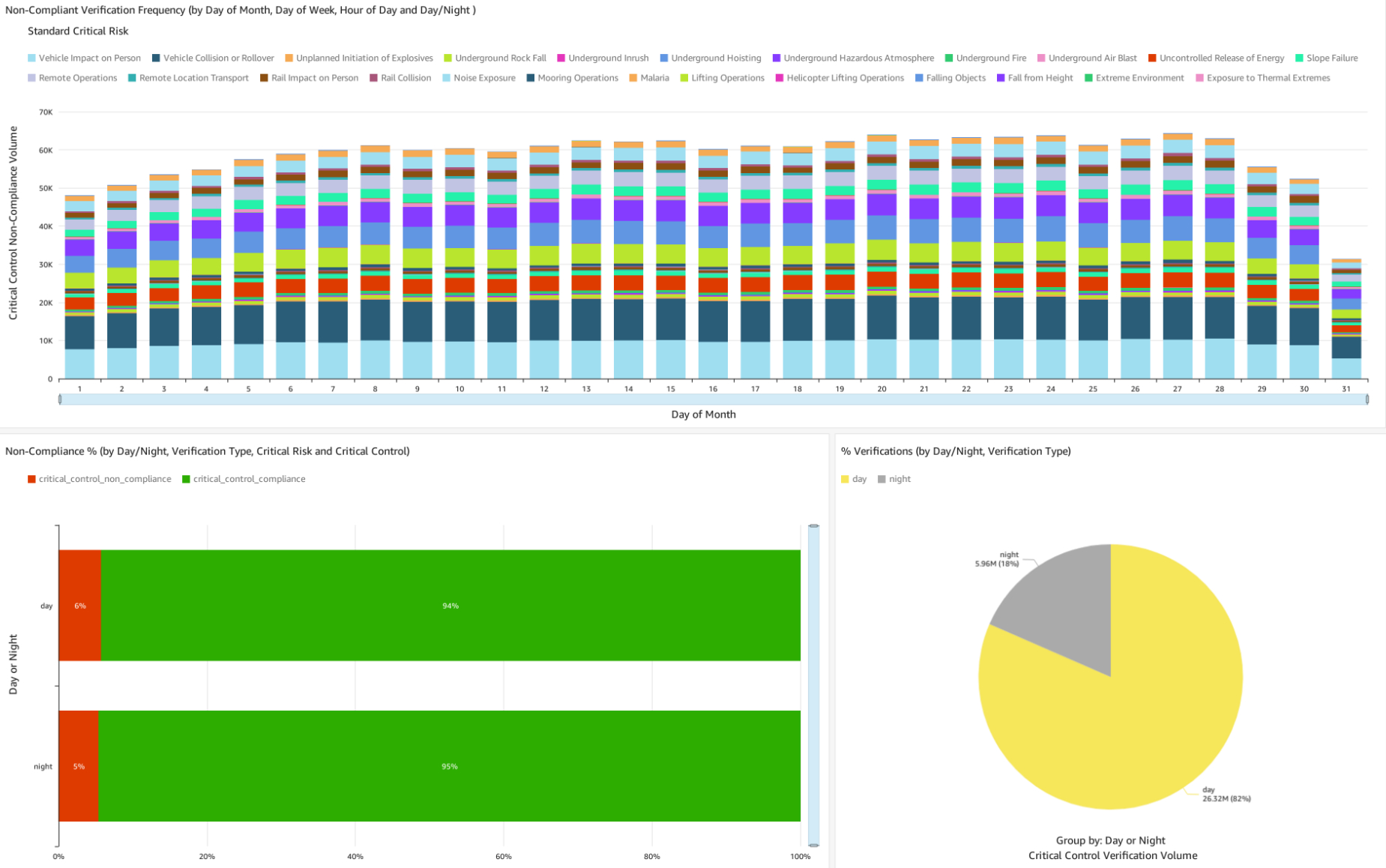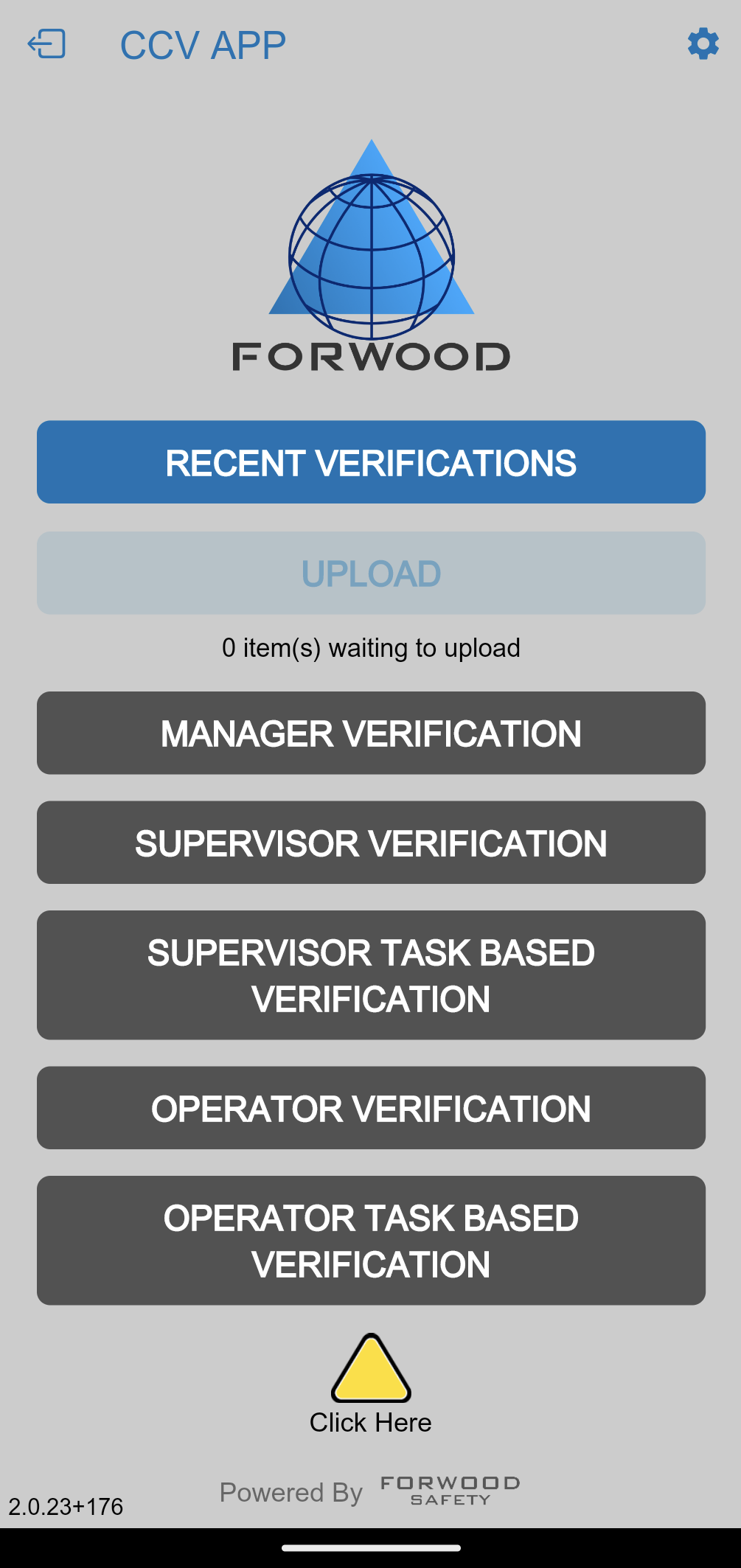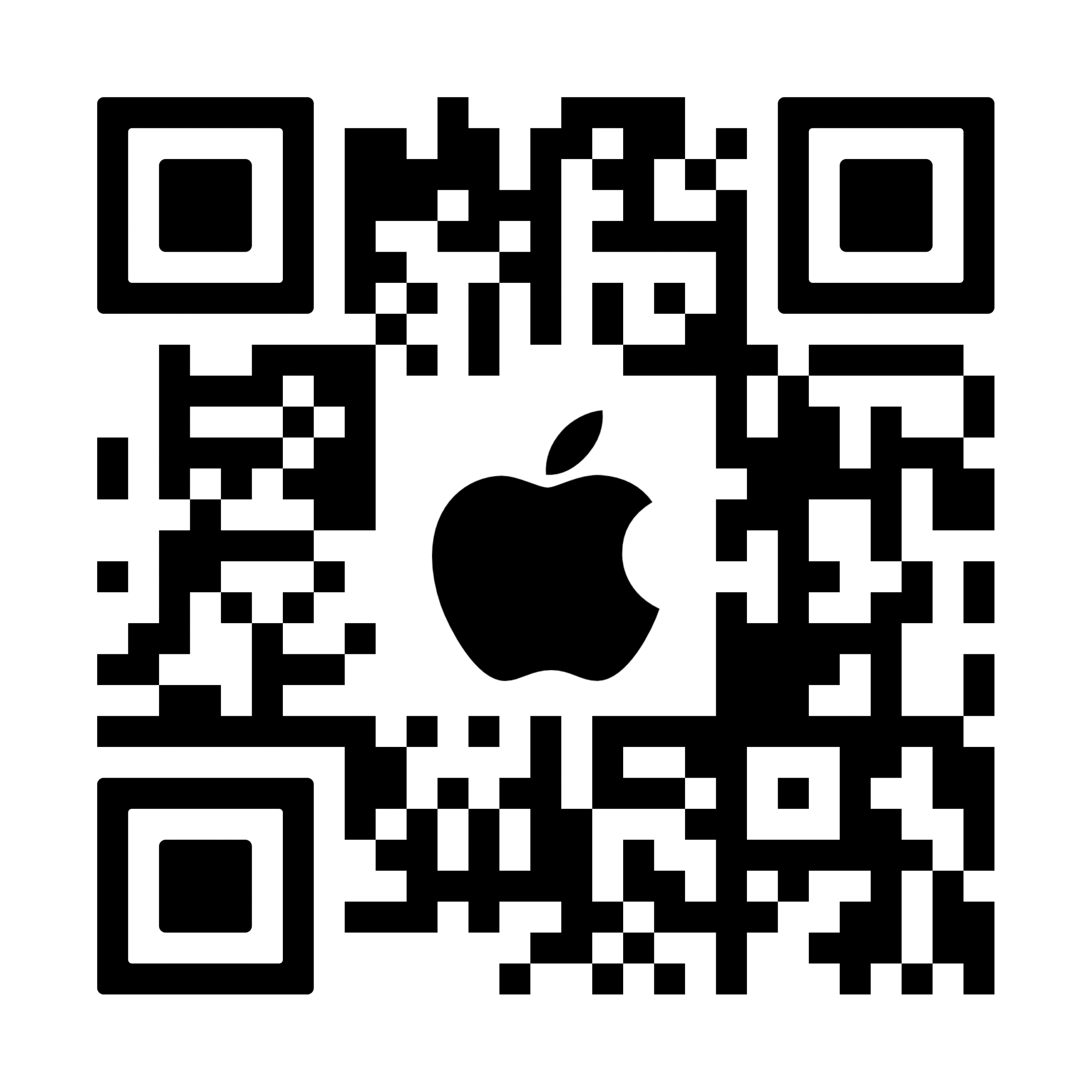Case Study
FAST
About the Customer
They are a global industry leader in bauxite, alumina and aluminium products, with a strong portfolio of value-added cast and rolled products and substantial energy assets.

Customer Challenges
The customer needed a reporting tool that could analyse CRM’s large volume of data and deliver real-time statistics to leaders in the field.
The tool needed to be simple and easy to use. It had to help managers focus on how to best use their time to prevent serious injuries and potential fatalities during ‘time in field’ activities.
At a corporate level, it was also essential the solution assisted the transition from reliance on traditional safety metrics to 21st century data analytics.
Forwood Solution
We implemented our leading Critical Risk Management Solution (CRM+) across all of the Customer’s sites globally. The implementation of CRM+ was also the driver for substantial change management throughout the organisation, embedding the safety methodologies and principles inherent in CRM+.
Throughout the CRM implementation, the Customer learned that Forwood partnered with Amazon QuickSight for advanced data analytics, and this was an integral part of their Critical Risk Management Solution. After requesting a demonstration of Forwood’s Analytical Self- Service Tool (FAST), the Customer was provided with an overview of key features.
Our solution was soon implemented globally.
Forwood deployed FAST in a matter of days giving our customer immediate access to the most advanced fatality prevention analytics on the market. This included a powerful suite of dashboards, interactive data sets and machine learning (ML) tools. All analyses were fully customisable and instantly available to leaders in the field.
Outcomes Achieved
A strengthened fatality prevention program
Despite a global pandemic in 2020, the customer achieved their goal of strengthening and embedding their Fatality Prevention Program. They used the FAST dashboards and predictive capabilities to provide leaders in the field with powerful tools that give insights into hidden trends and outliers in fatality prevention data and critical control failures. These insights transitioned the company from lagging data to leading data. It also provided HSE with deep analytics for predictions.
Three examples of tools in this case study are predictive forecasting, contribution analysis and tornado effort analysis.
Use of these tools enabled the Customer to effortlessly answer critical safety questions regarding localised fatality prevention efforts:
- How effective are the site’s critical controls?
- What critical control has the highest failure rate and how can this problem be fixed?
- Where is a fatality most likely to occur on-site?






